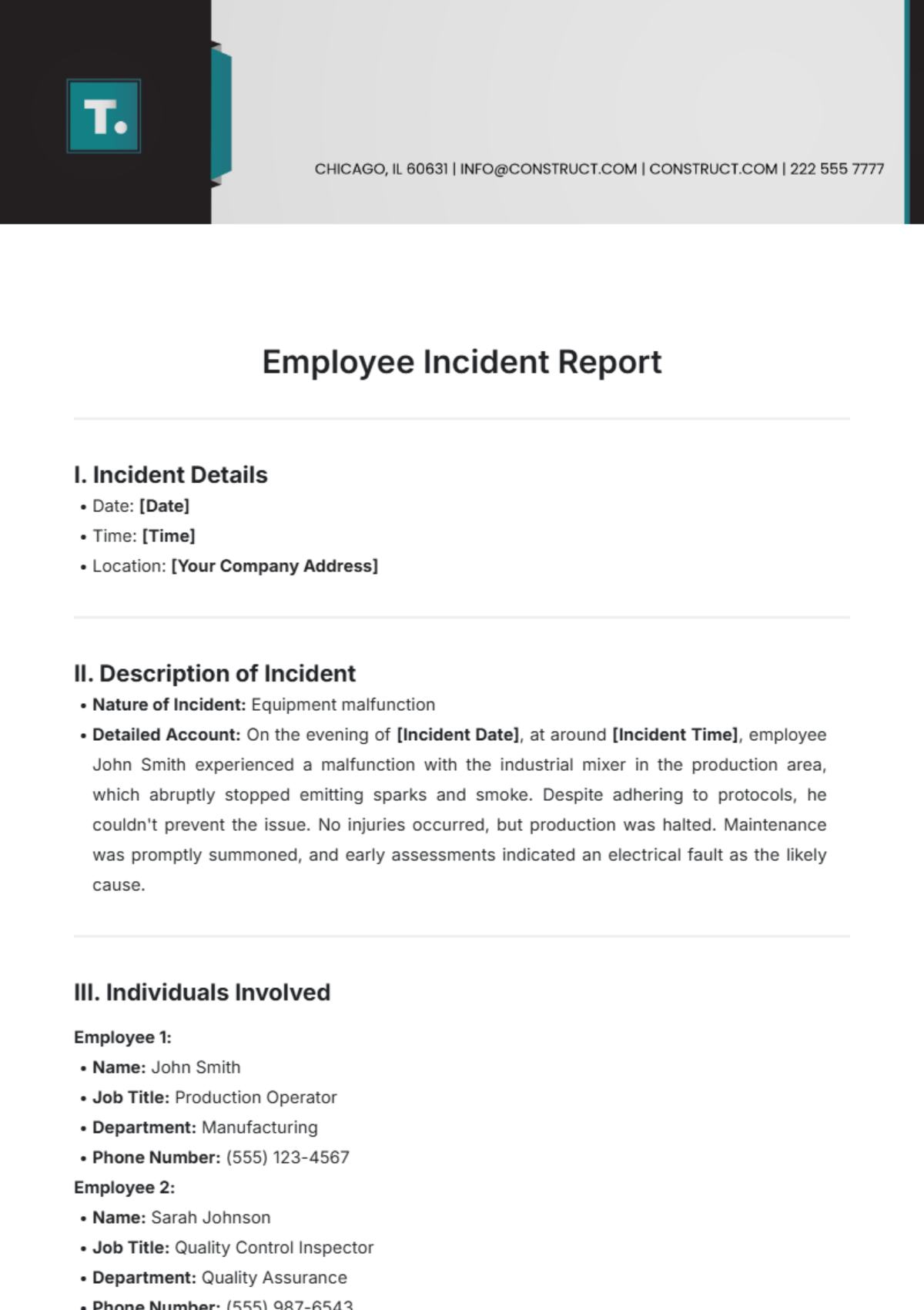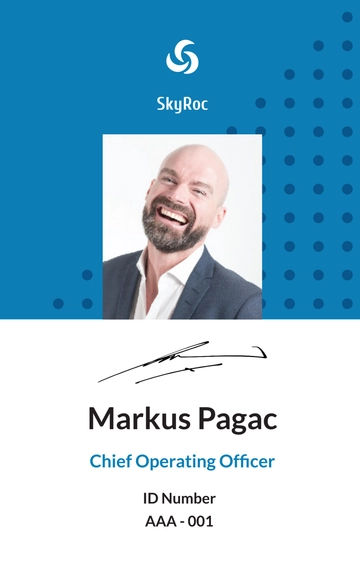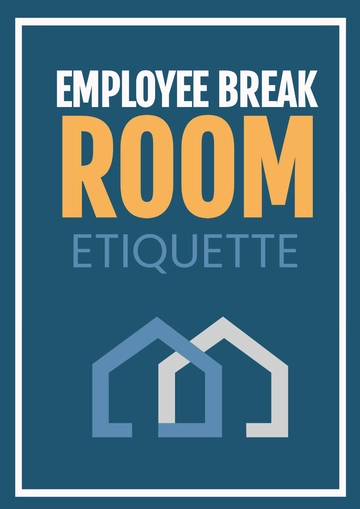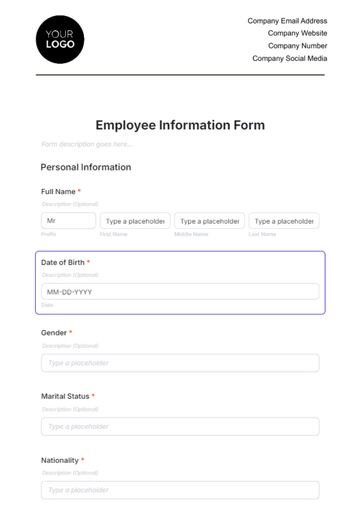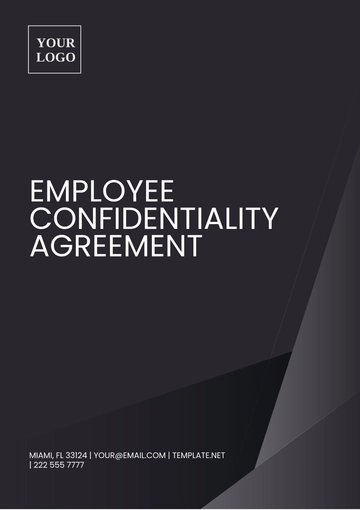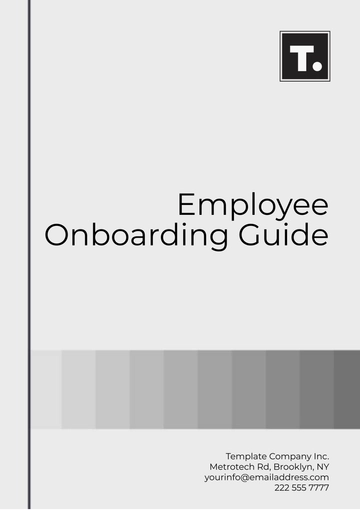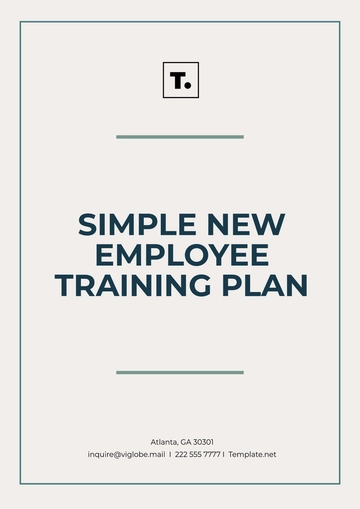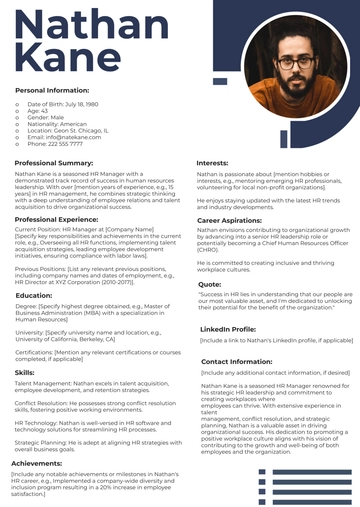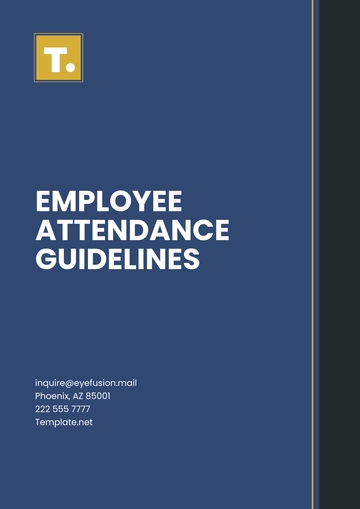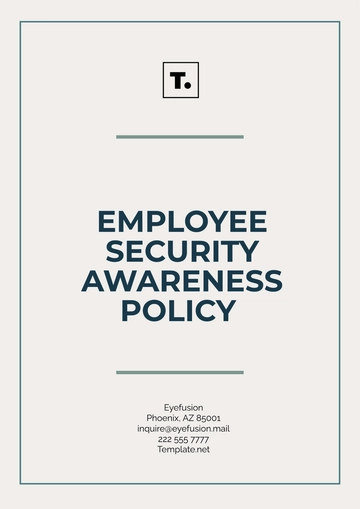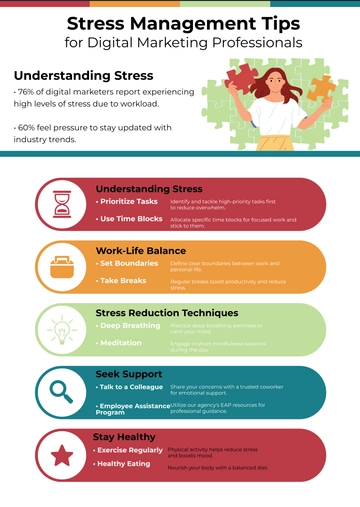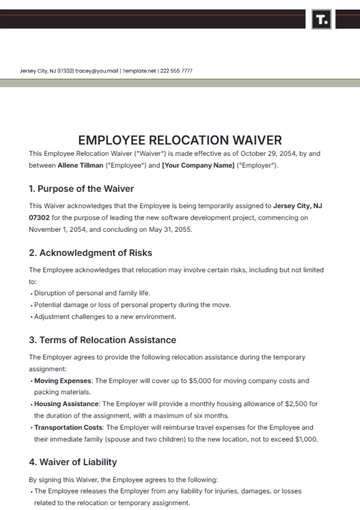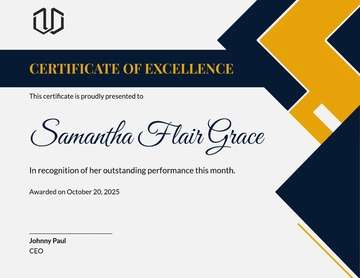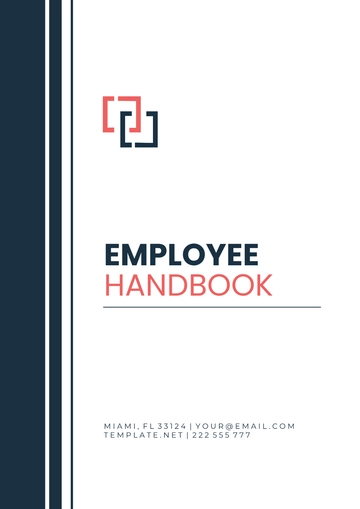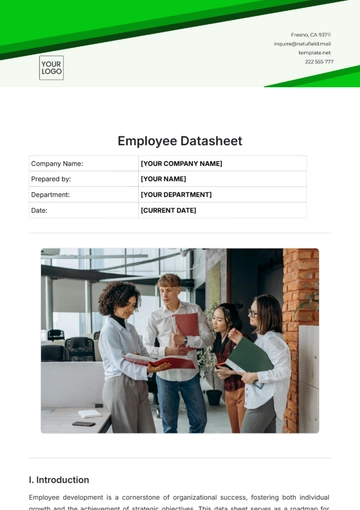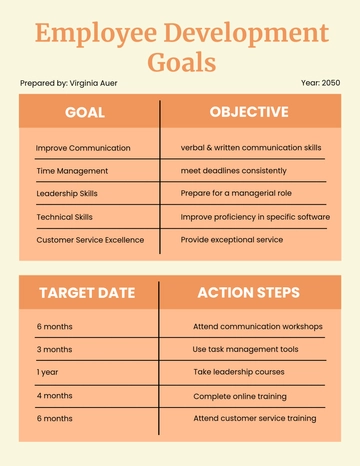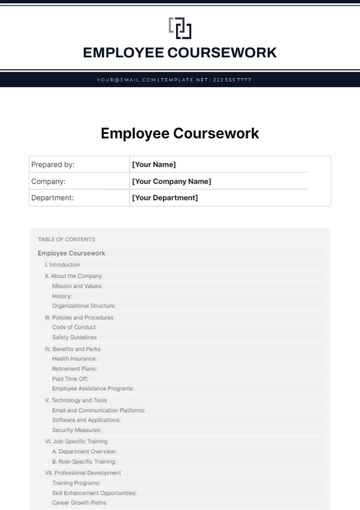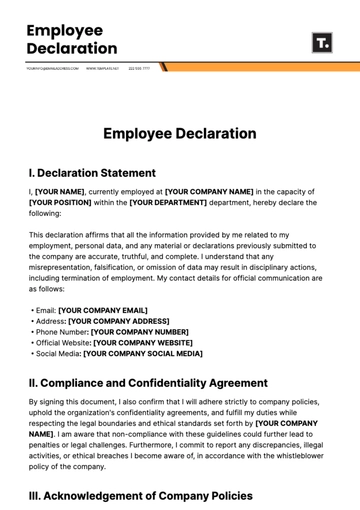Employee Incident Report
I. Incident Details
II. Description of Incident
Detailed Account: On the evening of [Incident Date], at around [Incident Time], employee John Smith experienced a malfunction with the industrial mixer in the production area, which abruptly stopped emitting sparks and smoke. Despite adhering to protocols, he couldn't prevent the issue. No injuries occurred, but production was halted. Maintenance was promptly summoned, and early assessments indicated an electrical fault as the likely cause.
III. Individuals Involved
Employee 1:
Name: John Smith
Job Title: Production Operator
Department: Manufacturing
Phone Number: (555) 123-4567
Employee 2:
Name: Sarah Johnson
Job Title: Quality Control Inspector
Department: Quality Assurance
Phone Number: (555) 987-6543
IV. Witnesses
V. Injuries or Damages
Injuries: The employee sustained injuries to their left arm and lower back due to the slip and fall accident. Consequently, they suffered from pain and swelling in these injured regions. Following the incident, they were promptly transported to the medical facility designated by the company, where they underwent evaluation and received treatment for their injuries.
VI. Immediate Actions Taken
First Aid Provided: Upon witnessing the employee's fall, colleagues immediately provided first aid by stabilizing the employee and assessing their injuries. Basic first aid procedures, such as applying pressure to control bleeding and providing comfort measures, were administered until professional medical assistance arrived.
VII. Follow-up Actions
A. Investigation Plan
Conduct a thorough investigation into the circumstances of the incident, including reviewing CCTV footage, interviewing witnesses, and examining maintenance records of the equipment involved.
Identify any contributing factors, such as equipment malfunction, human error, or procedural deficiencies.
Compile a detailed report outlining findings and recommendations for corrective actions.
B. Corrective Actions
Repair or replace the faulty equipment identified in the incident investigation to prevent similar malfunctions in the future.
Implement enhanced training programs for employees operating machinery to ensure they are equipped with the necessary skills to identify and respond to equipment issues promptly.
Enhance safety protocols by implementing regular inspections of workplace environments to identify and address potential hazards, such as slippery floors or malfunctioning equipment.
C. Preventative Measures
Develop and implement a robust safety awareness program to educate employees on the importance of maintaining a safe work environment and adhering to safety protocols.
Install prominent warning signs in areas where potential hazards exist, such as wet floors, to alert employees and reduce the risk of accidents.
Report Templates @ Template.net
